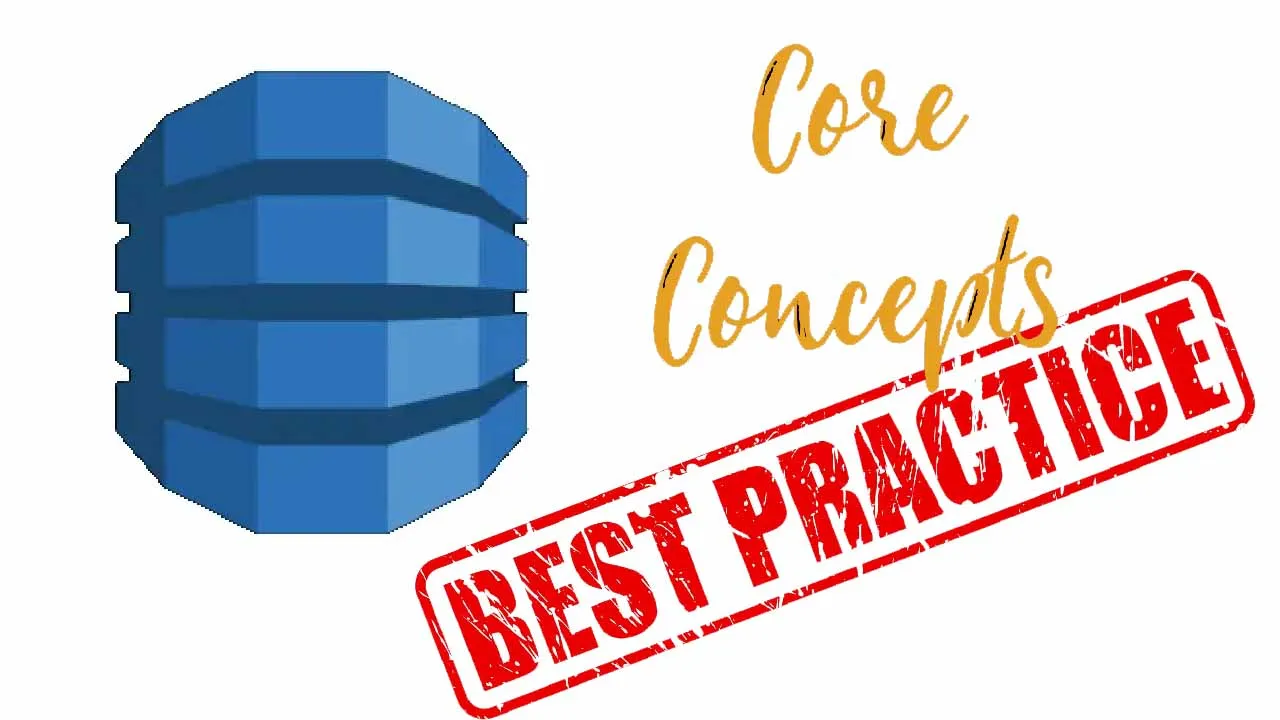If you are looking for the comprehension of the DynamoDB database and its significant components like tables, pricing models, items, attributes, primary key, and sort key, this article has got you covered.
According to the official documentation of AWS, DynamoDB is defined as a serverless, scalable, and enterprise-ready database. By serverless, it signifies that the database can scale its capacity accordingly to the demand automatically. It allows the successful execution of trillions of requests per day. Along with that, the DynamoDB database ensures consistent and predictable performance.
Because of its massive-scale capability, low latency, and high throughput DynamoDb is often associated and recommended for real-time scenarios such as game scoreboard and chat applications.

Understanding the basics
DynamoDB stores the data in its wide-column and key-value structure. Wide-column means that a column doesn’t need to span all the rows as it is in the relational database. Key-value signifies the identification id for specified attributes.
If you are confused about the complexity of the database, don’t worry. See the example below to comprehend all these technical terminologies in simple terms.
The following table displays the DynamoDB database. Note the following aspects
Teacher’s example table
#architecture #database #serverless #aws
